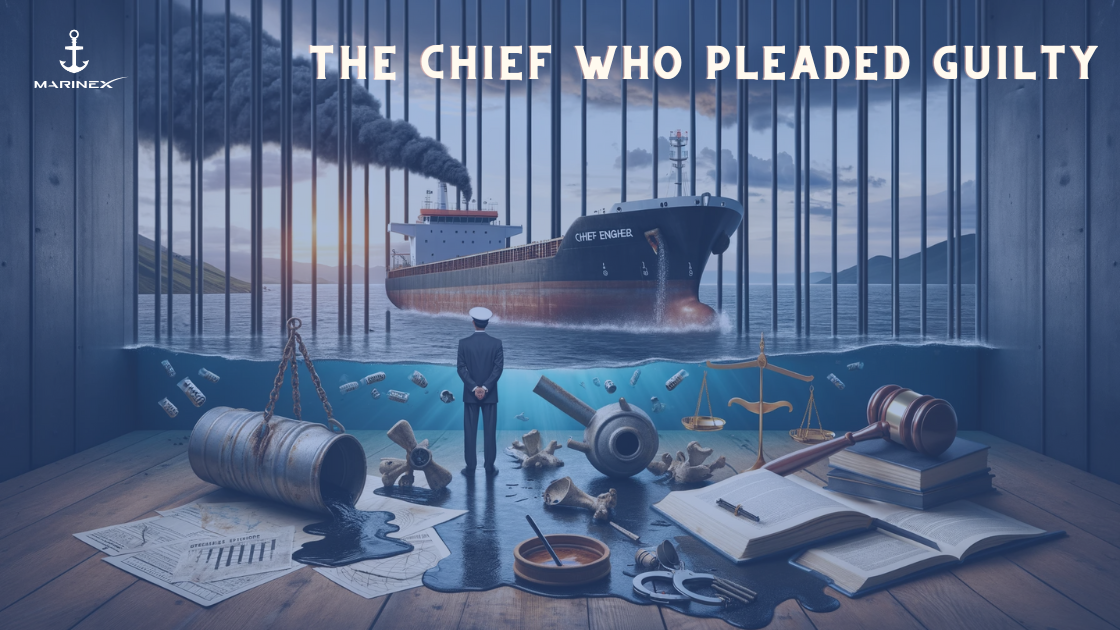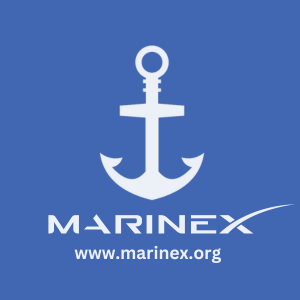The Expansive Role of a Chief Engineer Under SOLAS: Ensuring Safety and Efficiency at Sea

In the world of maritime operations, the Chief Engineer stands as a pillar of technical expertise and leadership. Under the rigorous standards of the Safety of Life at Sea (SOLAS) Convention, the Chief Engineer's role extends far beyond the engine room, encompassing a broad spectrum of responsibilities crucial for the safety and efficiency of the ship's journey.
This blog would give an overview into the multifaceted duties of a Chief Engineer under SOLAS, highlighting their essential role in maritime safety and operations.
A free case-based quiz is available for all our readers who are on their way to becoming maritime chief engineers or are already in the position. Click the button below or the Quiz icon on the right-side tab to start the quiz
A Must Read Case (Study)

The chief engineer of the cargo vessel M/V Selene Leader, operated by Hachiuma Steamship Co LTD, pleaded guilty in federal court in Baltimore, Maryland, to obstruction of justice and violating the Act to Prevent Pollution from Ships (APPS).
This incident, involving Noly Torato Vidad, the chief engineer at the time, took place between August 2013 and January 2014.
According to the plea agreement, during January 2014, under Vidad's supervision, crew members of the M/V Selene Leader illegally transferred oily wastes between tanks on board using rubber hoses, bypassed pollution control equipment, and discharged the wastes directly into the ocean.
The law mandates that such wastes must be processed through an oil-water separator and recorded in the vessel’s oil record book, which is subject to inspection by the United States Coast Guard.
When the Coast Guard boarded the vessel in Baltimore on January 31, 2014, Vidad attempted to obstruct their investigation. He falsified the oil record book, destroyed documents, lied to the Coast Guard investigators, and instructed subordinate crew members to also lie. Vidad was sentenced on February 20, 2015.
We encourage all aspiring chief engineers to thoroughly review the points discussed in this blog. We have carefully compiled a comprehensive list in collaboration with experienced chiefs, aiming to provide valuable insights that could assist you in your journey as a chief engineer.
Core Responsibilities of Chief Engineer


1. Efficient Machinery Operation
Objective: Ensuring all ship machinery and equipment function at peak efficiency is paramount for safe navigation.
Implementation: This involves routine checks, maintenance, and timely upgrades to the ship's mechanical systems.
2. Regulatory Compliance
Scope: Adherence to regulations set by the flag state administration, the International Maritime Organization (IMO), and port state authorities.
Method: Regular updates on maritime laws and proactive measures to ensure compliance.
3. Regular Safety Inspections
Process: Conducting thorough inspections of all safety-related equipment.
Frequency: These inspections are scheduled at regular intervals to ensure ongoing operational safety.
4. Pollution Prevention Checks
Aim: Ensuring all equipment related to pollution prevention is in optimal condition.
Strategy: Routine checks and maintenance to minimize the environmental impact of the vessel’s operations.
5. Standing Orders for Crew
Purpose: Establishing clear and concise standing orders for each crew member under the Chief Engineer's command.
Benefit: This ensures a well-organized and efficient engineering team.
6. Maintenance Schedule Adherence
Guideline: Following the Planned Maintenance System (PMS) as prescribed by manufacturers.
Outcome: This ensures the longevity and reliability of the ship's machinery.
7. Log and Record Maintenance
Importance: Detailed documentation of operations and activities for compliance and performance monitoring.
Practice: Keeping accurate logs and records is vital for audits and inspections.
8. Life-Saving and Fire Prevention Equipment
Check: Regular inspection and maintenance of life-saving and fire prevention equipment.
Details: This includes lubrication and testing of mechanisms and linkages.
9. Minimizing Fire Risks
Focus: Proper operation and maintenance of fuel, lubricating oil, and purifying equipment to minimize leakages.
Action: Promptly addressing any leakage to prevent fire hazards.
To get access to the full content of this blog, subscribe to our MarineX Premium plans for all things Maritime